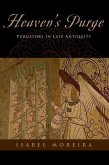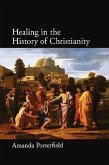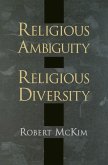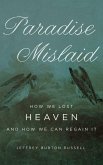In his Middle High German romance Parzival (c. 1210), Wolfram von Eschenbach depicts the Holy Grail not as a cup, but as a gemstone. Ronald Murphy seeks to illuminate this mystery and to enable a far better appreciation of Wolfram's insight into the nature of the Grail and its relationship to the Crusades. Wolfram's stone, Murphy argues, is actually a sacramental reference to the Holy Sepulcher the Crusaders fought to obtain, and Parzival was intended as an argumentagainst continued efforts by Latin Christians to recover the Holy Sepulcher in Jerusalem by force of arms. Murphy's investigation of the spiritual nature and meaning of the Grail is accompanied by his quest for and wondrous discovery of the actual altar stone that inspired Wolfram's work. Offering anentirely original reading of Wolfram's famous text, this engrossing and accessible book appeals not only to scholars and students of medieval literature but to anyone who is drawn to the lasting mystery of the Holy Grail.








